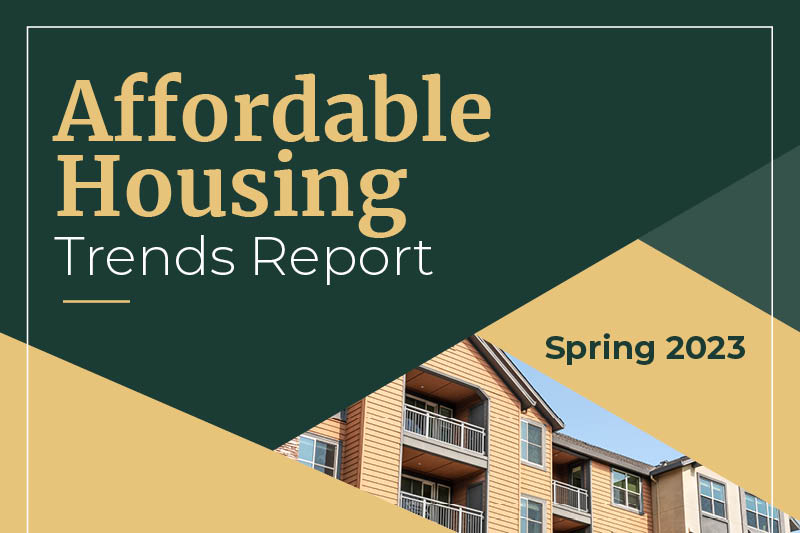The most recent America’s Rental Housing 2024 report published by Harvard’s Joint Center for Housing Studies (JCHS) takes a detailed look at the state of the rental housing industry.







The most recent America’s Rental Housing 2024 report published by Harvard’s Joint Center for Housing Studies (JCHS) takes a detailed look at the state of the rental housing industry.
As part of its focus on mission-driven lending, Fannie Mae recently introduced a new loan product designed to expand affordability and increase accessibility in communities across the country. The government-sponsored agency’s new Sponsor-Dedicated Workforce (SDW) Housing product provides financing for the creation and preservation of affordable workforce housing in underserved communities without the necessity of government subsidy.
As borrowing costs rose and rent growth slowed, multifamily developers pulled back the reins in 2023. Nationally, the number of multifamily building permits sank 20.3% last year, according to the latest data from the U.S. Census Bureau. However, there are many metropolitan markets where activity has not slowed. In this deep dive, our research teams show which metros led the nation in multifamily permitting activity in 2023.
Now as old as 26, Generation Z is on the cusp of reshaping the rental market as they leave the nest in increasing numbers. In fact, it is the only generation adding rental households, while the amount of millennial renters has already peaked. Gen Z, the first digital natives, is poised to become the most influential demographic in the multifamily rental market.
The state of housing affordability in the U.S. has continued to erode as a growing wave of supply-driven policies offers hope of a solution on the horizon. A closer look at the nation’s overall housing needs underscores the increasing urgency of the situation.
Driven by investor confidence in multifamily housing’s long-term fundamentals, the volume of debt outstanding in the sector has grown by nearly 150% since the end of the Great Recession. As this piece will detail, where investment dollars have flowed, housing demand has followed. Through an analysis of newly released U.S. Census Bureau American Community Survey data, our research teams pinpoint the growing size and scope of the largest rental housing property type.
Even as the single-family rental (SFR) sector has attracted increased investor activity, the total number of SFR households has moderated due to the influence of overarching housing trends.
In this video, Dr. Sam Chandan, Founding Director of the C.H. Chen Institute for Global Real Estate Finance at the NYU Stern School of Business and non-executive chairman of Chandan Economics, discusses key takeaways from Arbor’s Affordable Housing Trends Report Fall 2023.